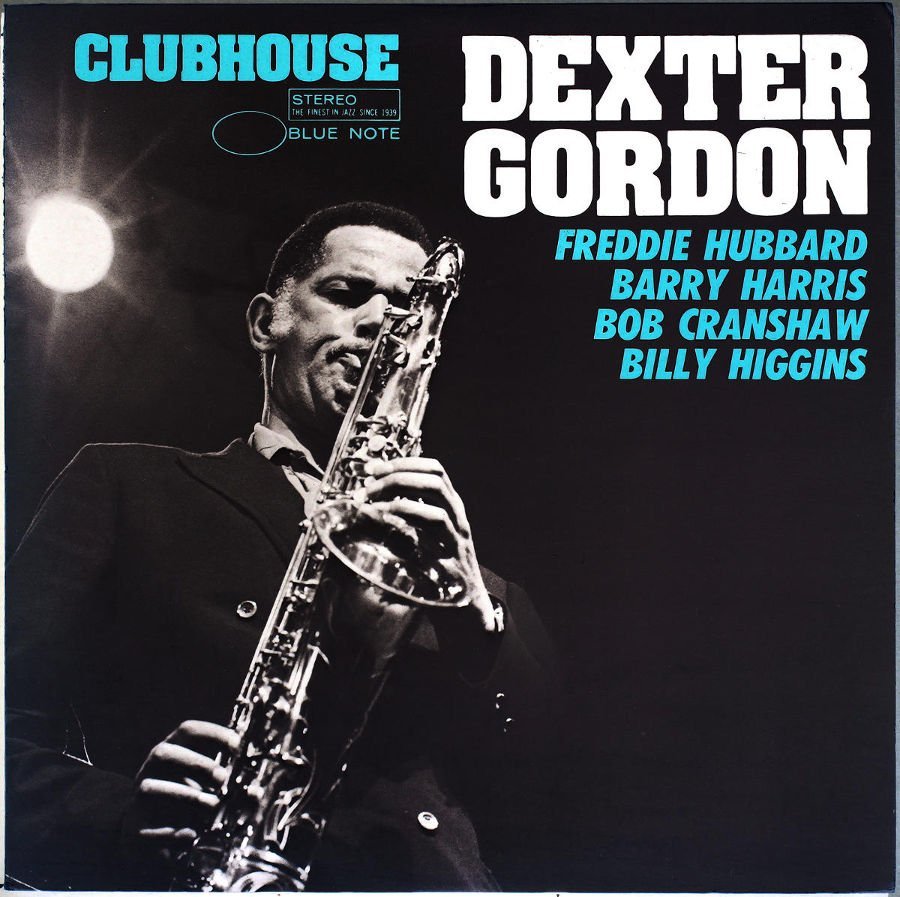[Monay Notes n.24] Dexter Gordon was one of the most original tenor saxophone voices, although he was part of the bebop movement his style is very personal. Dexter Gordon was also an original composer, but his pieces never made it into the repertoire of standards performed by other jazz musicians. Let us analyse his piece Clubhouse.
In Clubhouse we observe a very common procedure in jazz: a typical descending harmonic progression. Other pieces based on this principle are Tune Up, Laura, Blues for Alice. In Clubhouse, however, we observe a particularly insistent II V chromatic descent: A♭m7 D♭7, Gm7 C7, G♭m7 B7, Fm7 Bb7.

In part B of the theme the harmony relaxes with less dense chords and modulating to the keys of G major and E major.

Such a slippery and unusual harmonic progression is a real challenge for inexperienced improvisers, certainly not for Dexter Gordon’s formidable companions. The sequence of solos is as follows:
- Dexter Gordon, tenor sax (min. 0’54”)
- Freddie Hubbard, trumpet (3’07”)
- Barry Harris, piano (4’30”)
- Bob Cranshaw, double bass (5’58”)
The form of the piece and the solos is AABA. In the solos you can always hear the downward movement of the harmony in the A section, and the relaxation provided by the B section which is more spacious and simple.
Clubhouse is also the title of the album, one of my favourites among Dexter’s albums, which features other original themes and the ballad I’m a Fool To Want You where Dexter Gordon proves to be one of the greatest ballad performers of all time.
Until next Monday!


